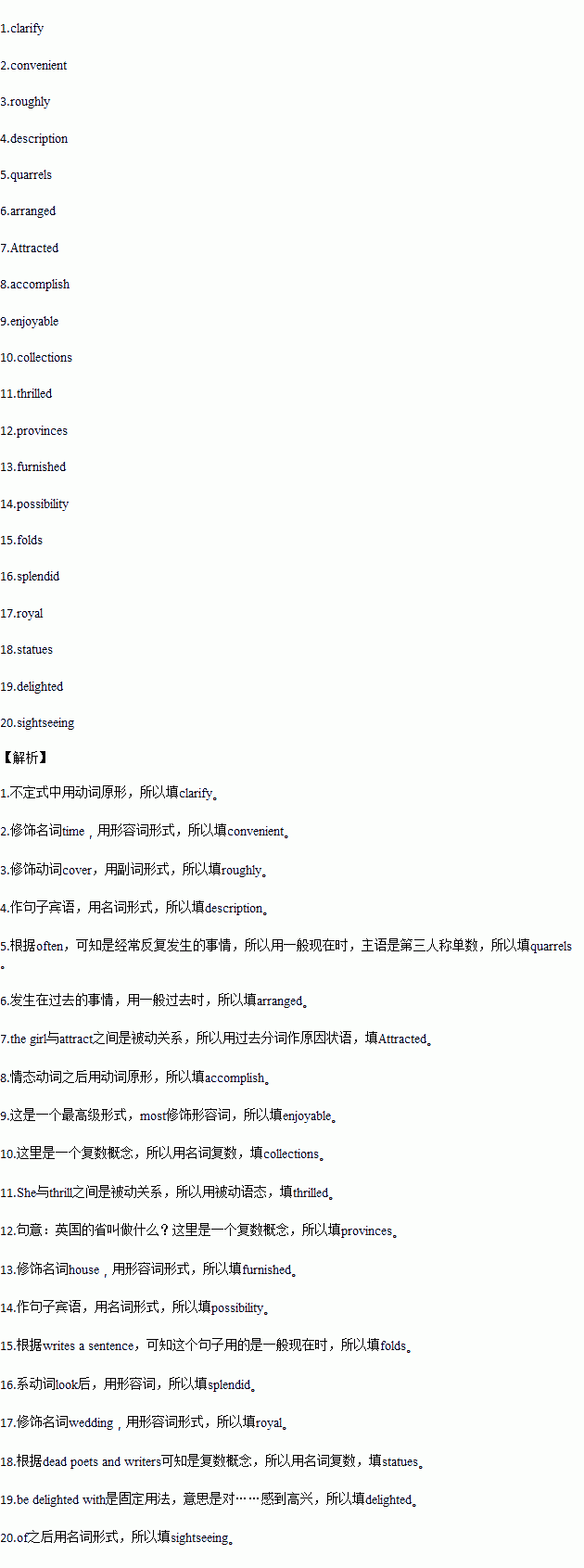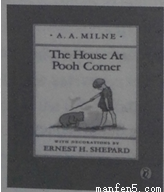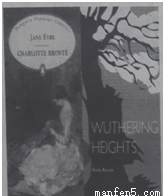题目内容
1.I was grateful to Anna for being open and giving me the opportunity to explain and c_________ (阐述,澄清) the misunderstanding between us.
2.The secretary arranged a(n) __________ (convenience) time and place for the application to have an interview.
3.I am not sure exactly how much money you will receive, but it will __________ (rough) cover your major expense.
4.The purse found on the playground matches the ____________ (describe) made by Mary, so it must be hers.
5.He often _________ (quarrel) with his wife over unimportant matters.
6.Our headmaster __________ (arrange) for me to show the visitors around our school.
7.__________ (attract) by the beauty of nature, the girl from London decided to spend another two days on the farm.
8.New technology means that astronomers can __________ (完成) in a single night what once took years.
9.The charming scenery and the hot spring baths combine to make the traveler’s stay there most _________ (enjoy).
10.The three clocks are part of the largest _________ (collect) of musical clocks worldwide and were made by Western artisans, primarily British.
11.She was _________ (thrill) by so many wonderful treasures from different cultures displayed in the museum.
12.what are the ___________ (province) called in England?
13.You will live in a town close to the countryside in a ____________ (furnish) house.
14.Your task will be to examine the ____________ (possible) of constructing a new factory in the United Kingdom.
15.The first person in each group writes a sentence and ________ (fold) the paper over his/her writing, so the next person cannot see it.
16.It looked s__________ (壮丽,辉煌的)when first built!
17.News is flying about concerning a __________ (皇室) wedding.
18.It contained __________(statue) in memory of dead poets and writers, such as Shakespeare.
19.You must be __________ (delight) with your current form and the way RealMadrid are playing at the moment.
20.After a day of s___________ (观光), take in a musical or play in one of the world renowned Broadway Theaters.(百老汇歌剧院)
 每课必练系列答案
每课必练系列答案


